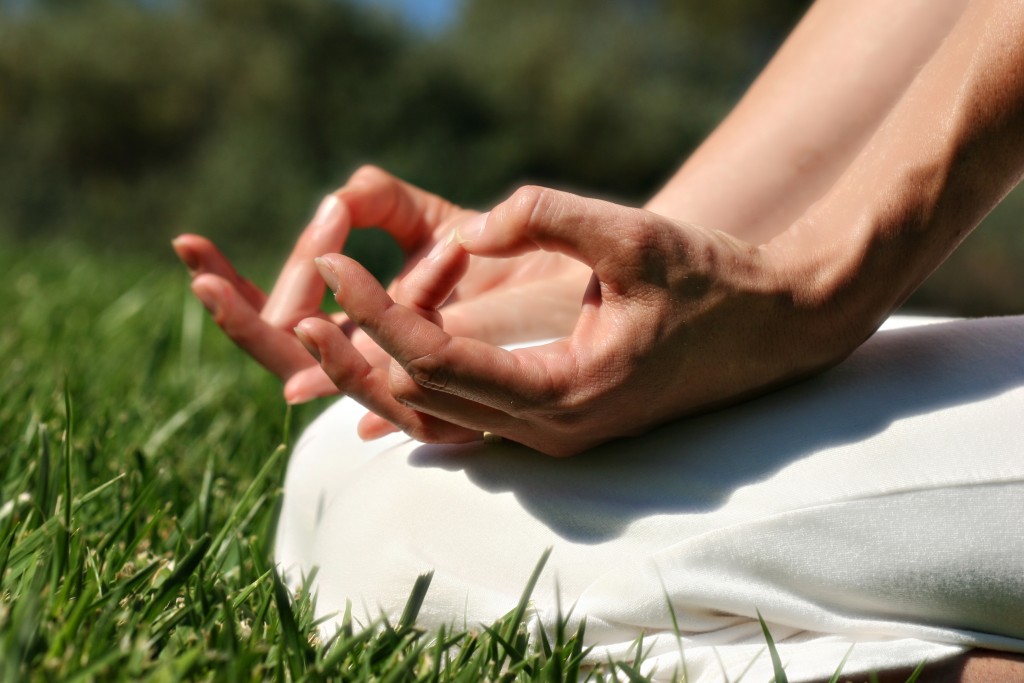I didn’t dive into meditation. I didn’t wade in, either. I’ve just sort of dipped my pinkie toe in to test the waters. I’m inching my way in more and more each day.
If you’re like me, meditation is daunting. It seems “deep,” something that takes a lot of time, practice, and dedication. Truthfully, it’s all of those things–but that shouldn’t be a deterrent. The hardest part about meditation is learning why it’s worth the effort and how to begin a practice.
Is Meditation Worth the Effort?
Yes. Meditation has been proven to:
- reduce stress
- improve concentration
- strengthens the brain and improves its functionality
- decrease depression
- ease and prevent anxiety
- reduce substance abuse and dependency
- increase tolerance for pain (great for those in physical therapy)
- manage ADHD
- spark creativity
- improve physical health and healing
- strengthen immunity
This awesome article lists 76 Scientific Benefits of Meditation, each with links to scholarly articles. Indulge. Learn. Then read the rest of this article to learn how to start your meditation journey.
How Do I Learn to Meditate?
First, let go of your idea of meditation. You don’t have to sit cross-legged, still as a statue. You don’t have to wear flowing garments or shave your head. You don’t need an expensive meditation pillow. You don’t need to know hand mudras.
Second, let go of what you expect to accomplish. You will not levitate. You may not instantly feel better. You may not experience any immediate benefits at all.
Now schedule a time to meditate. Make an attainable goal like five minutes. It doesn’t have to be the same time each day. Just be sure to put it on your calendar rather than leaving the time up to chance.
Next, determine which style of meditation is right for you. Many Eastern traditions approach meditation with the idea that there are virtuous and nonvirtuous thoughts. During meditation, it’s good to focus on virtuous thoughts and nonvirtuous thoughts must be cast aside. The Western take on meditation, or mindfulness, releases those designations. All thoughts are observed and then dismissed without assessing moral or ethical value. Choose an approach and be consistent.
Now that you’ve got the foundation, find a quiet place. It doesn’t have to be a formal meditation room or rock garden. Pick a closet, the farthest corner of your backyard, your car parked in the garage. Anywhere that minimizes distractions.
Then find a comfortable position. If you choose to sit upright, elongate your spine without straining your back. You may experience discomfort at first but your back will strengthen and your hips will open overtime. You can also lie down.
Notice your breathing. Notice how your body feels. Notice how your mind feels. After making those observations, set them aside and focus on deep, steady breathing.
Undoubtedly, your mind will wander. At first they will be silly thoughts like conversations and tasks. The longer that you focus, the deeper your concentration may go. It’s likely that troubling thoughts will emerge. It’s okay.
I love this quotation by Jack Cornfield in The Wise Heart: A Guide to the Universal Teachings of Buddhist Psychology, “Unhealthy thoughts can chain us to the past. […] Through mindfulness training we can recognize them as bad habits learned long ago. Then we can take the critical next step. We can discover how those obsessive thoughts cover our grief, insecurity, and loneliness. As we gradually learn to tolerate these underlying energies, we can reduce their pull.”
When your thoughts wander, observe what you’re thinking about and why it’s on your mind. No, really, why? Once you acknowledge why, accept it, and switch your thoughts back to deep, steady breathing.
After five minutes, you’ve just completed your first meditation session! With time, you will find it easier to focus on your breath and calm your mind. (I’m not “there” yet. I’m a work in progress.) If you skip a few days, hop right back on track. Meditation is a learned habit but, like riding a bike, it is one that you can return to even when you feel rusty. It might not be a smooth transition, but you will always be able to return to meditation and its benefits.
Outstanding article on meditation!
Hi Joseph! I’m glad that you enjoyed it. Thank you for stopping by the blog.